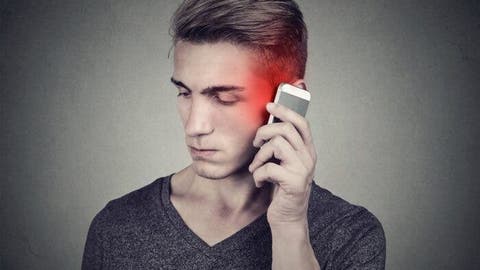The issue of smartphone radiation has garnered significant attention in recent times, with concerns surrounding potential health risks. Samsung, a leading phone manufacturer, has found itself under scrutiny regarding the radiation levels of its latest Galaxy S22 and A23 series. This article delves into the current landscape of radiation in Samsung phones, exploring both concerning trends and reassuring developments, based on a recent report published by Stocklytics.
Navigating the Landscape of Smartphone Radiation: A Look at Samsung’s Recent Developments
Understanding Specific Absorption Rate (SAR)
Before delving into specific models, it’s crucial to understand the metric used to measure radiofrequency (RF) energy absorption by the human body: the Specific Absorption Rate (SAR). Regulatory bodies establish SAR limits to ensure safe phone usage. In the United States, the Federal Communications Commission (FCC) mandates a maximum SAR of 1.6 watts per kilogram (W/kg) for phones held against the ear and 1.6 W/kg for body-worn use.
Cause for Concern: The S22 and A23 Series
Financial analyst Edith Reads from Stocklytics points out a potential concern: the interplay between advanced features, powerful antennas, and demanding power requirements in some Samsung models. These factors can contribute to higher electromagnetic emissions to maintain superior functionality.
This concern translates into real numbers. The Galaxy S22 series exhibits an ear SAR of 1.21 W/kg, nearing the FCC limit. The body SAR of 1.59 W/kg raises further questions. Similarly, the A23 series boasts an even higher ear SAR of 1.49 W/kg, pushing the boundaries set by regulatory bodies.
A Look at Other Samsung Models
While the S22 and A23 series raise concerns, it’s important to maintain a balanced perspective. Samsung has a history of producing devices with demonstrably low radiation levels. The A55 series and A35 5G models, for example, showcase negligible radiation levels. Additionally, the Galaxy Note 10+ boasts an impressively low ear SAR of 0.19 W/kg. The A72 series further demonstrates Samsung’s commitment to radiation safety with its steady ear SAR of 0.23 W/kg.
The Encouraging S24 Series: Innovation with Lower Radiation
Samsung’s recently launched S24 series provides a glimmer of hope. Despite incorporating advanced features like the new Galaxy AI system, the S24 Ultra exhibits comparatively lower radiation levels. Its ear SAR of 1.06 W/kg and body SAR of 1.30 W/kg demonstrate a clear effort to prioritize user safety.
Moving Forward: Balancing Innovation and Safety
While the S22 and A23 series raise concerns, Samsung’s broader track record paints a more nuanced picture. The company has demonstrably produced low-radiation devices in the past. Addressing the S22 and A23 issues while maintaining the excellent standards exemplified by the A55, Note 10+, and A72 series will be crucial. As the industry pushes technological boundaries, Samsung must prioritize user safety by ensuring future models adhere to, or ideally fall below, the established SAR limits. Striking this balance will be paramount in maintaining consumer confidence and trust in the brand.
Additional Considerations
Beyond manufacturer efforts, it’s important to acknowledge user behavior as a factor influencing radiation exposure. Limiting call duration, utilizing speakerphone functionality, and opting for wired headphones when feasible can all contribute to reducing overall RF absorption.
Conclusion
The issue of smartphone radiation requires ongoing exploration and responsible action from both manufacturers and users. While some recent Samsung models raise concerns, the company’s broader commitment to low-radiation devices is promising. Moving forward, prioritizing user safety through responsible design choices and user awareness will be key to navigating the landscape of smartphone radiation effectively.
